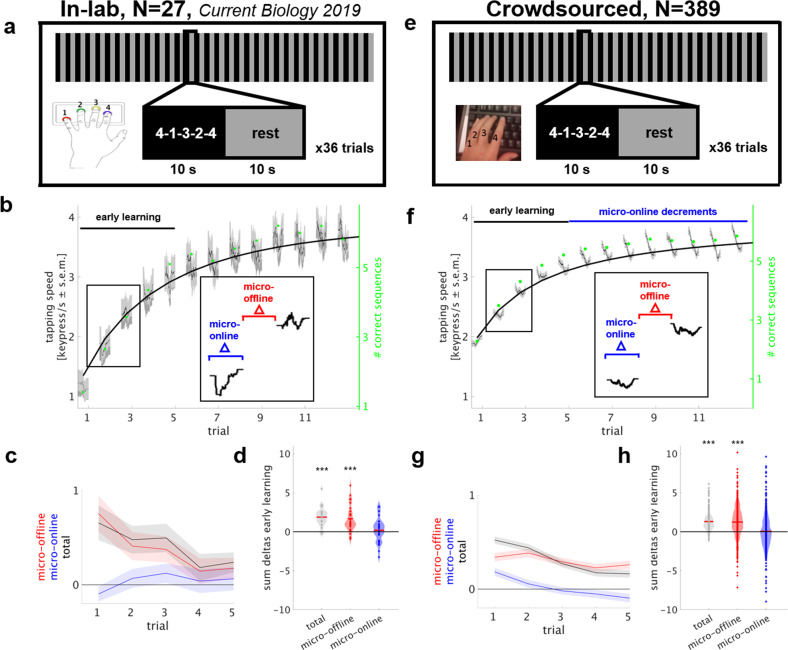Fig. 1. Experiment 1: early learning of a new skill occurs largely offline.
Replication in a crowdsourced sample of 389 participants. a–d in-lab experiment (N = 27, 17 female, mean ± s.e.m. age 26.3 ± 0.83), e–h crowdsourced experiment (224 female, 39.6 ± 0.56) a, e Task: participants learned a motor skill task2,22,23 over 36 trials (inset shows a single trial) consisting of alternating practice and rest periods of 10 s duration for a total of 12 min. b, f Skill was measured as the average inter-tap interval within correct sequences (tapping speed measured in keypresses/s)2,24 and is shown over the first 11 trials for the in-lab (b) and crowdsourced (f) group (see Supplementary Fig. 1a, c for all 36 trials). Micro-online changes were calculated as the difference in tapping speed (keypresses/s) of the first and last correct sequence within a practice period (blue in inset) and micro-offline changes as the difference between the last correct sequence within a practice period compared with the first of the next practice period (red in inset)2. The average number of correct sequences per trial is shown as green dots. c, g Trial-wise early learning (trials 1–5) composed of micro-offline (red), micro-online (blue), and total (black) performance changes (mean + s.e.m.). Note the presence of large micro-offline gains and total early learning in the initial trials in the absence of micro-online performance decrements. d, h Data points in the violin plot depict the sum of changes in performance over early learning trials in each participant, the red line denotes the mean (***P < 0.001).

